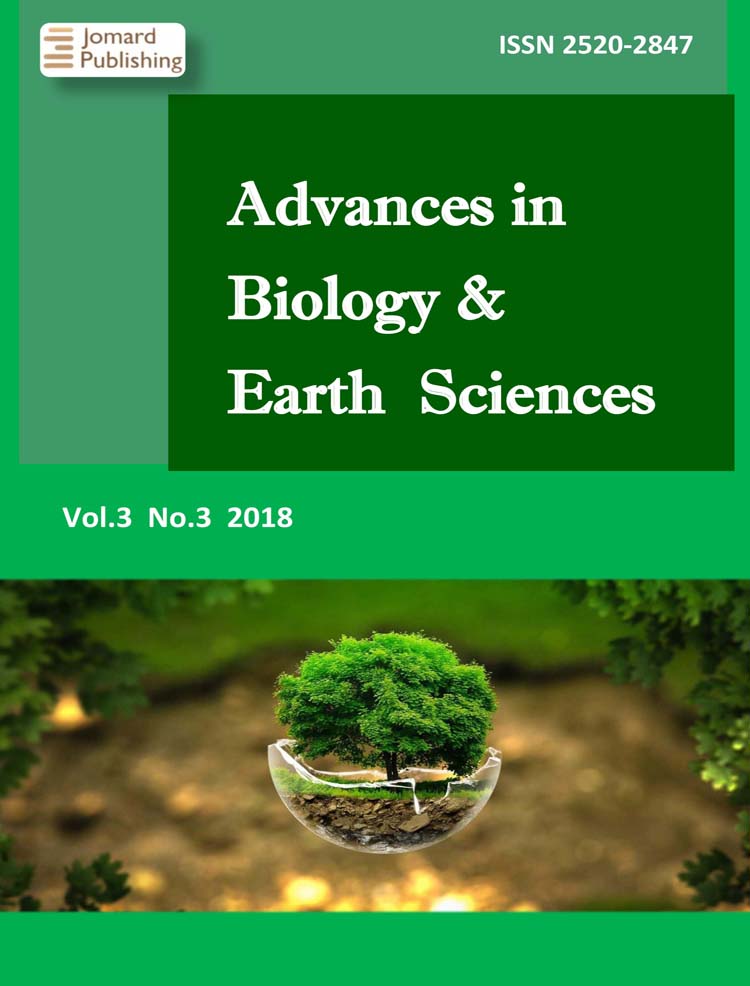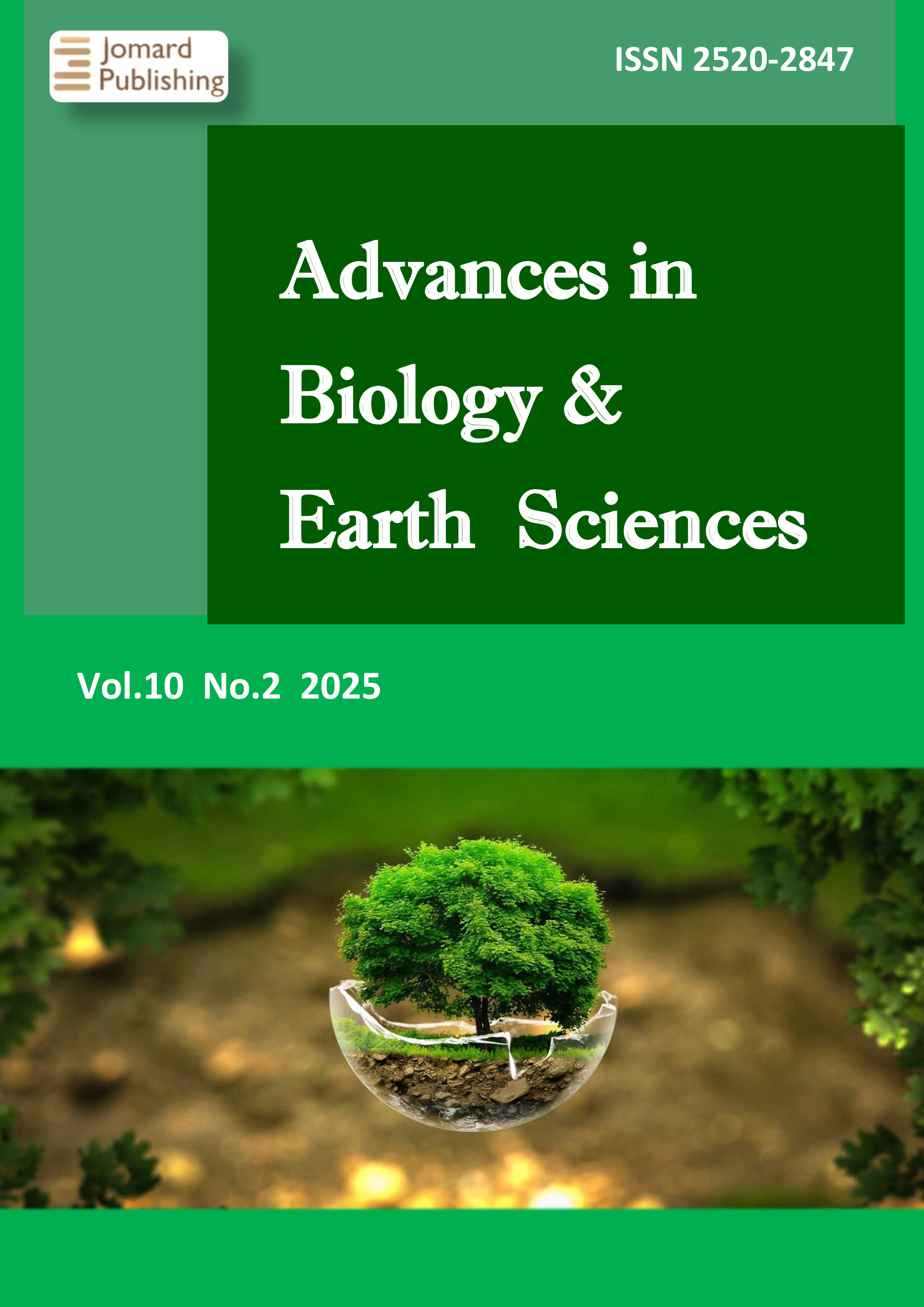Soil Fertility Management in the Gusar-Gonagkend Cadastral District of Azerbaijan based on Agroecological Land Assessment
- Published: 05-08-2025
Share
To create high-yield agro-landscapes in the Gusar-Gonagkend cadastral district of Azerbaijan and maintain their sustainability, a qualitative and agroecological land assessment was conducted. During the field-soil studies, 38 soil profiles were examined, and their physical and chemical analyses were performed based on generally accepted methodologies. For the qualitative assessment of the district's soils, methodological recommendations by Karmanov, Mammadov, and Mammadova were used. A primary bonitet scale was developed, and detailed and final bonitet scales were compiled using correction coefficients. The average bonitet score of the cadastral district was 77. The “Map of soil quality assessment of the Gusar-Gonagkend cadastral district” (1:100,000 scale) was compiled. For the agroecological assessment of soils, a specialized evaluation scale was developed based on the degree of manifestation of specific soil characteristics in accordance with the ecological requirements of plant formations. Calculations showed that in the cadastral district, the highest agroecological scores in the high-mountain zone were attributed to mountain-meadow chernozem-like soils, while in the low-mountain zone, mountain-gray-brown dark and ordinary soils received the highest scores (93 points). Based on the assessment of soil fertility in the Gusar-Gonagkend cadastral district, a conceptual scheme has been developed to ensure the effective use and protection of the land.
- View 801
- Downloads 121
- Saveds 0
- Citations (Crossref) 0


